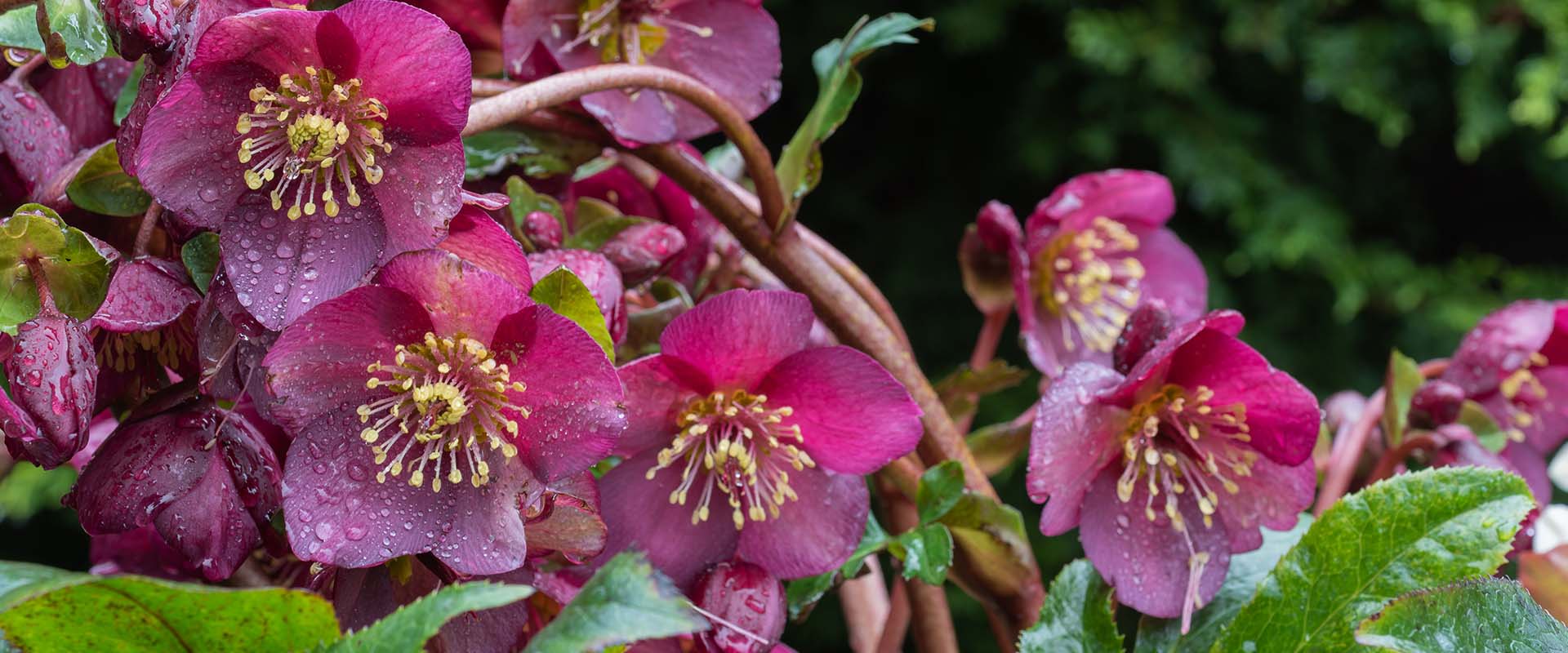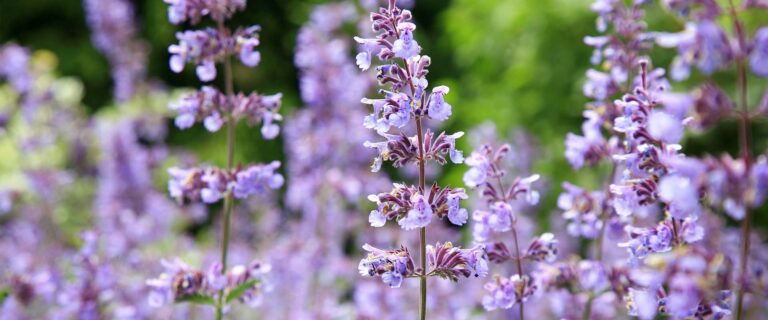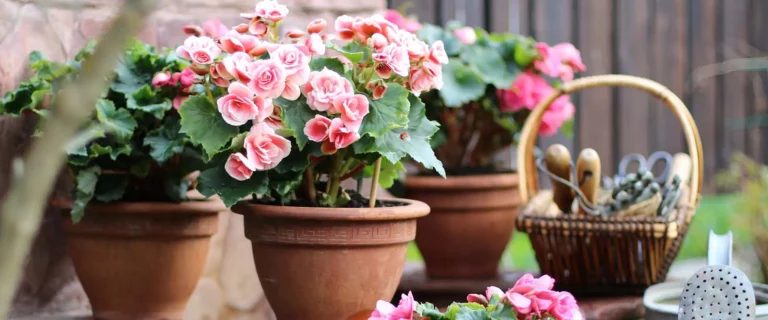Hellebores are in the ranunculus, or buttercup, family.
In fact, the flowers look very much like buttercups. Hellebores are in the genus of about 20 species, and in the world of plants, that’s actually a small group.
They originate in Eurasia, which means western Asia, eastern Europe, northern parts of Turkey, and the Balkan states. That’s their native range. So if you’re looking for native plants for your garden, hellebores aren’t going to tick that box. BUT, they tick a lot of other boxes and, according to Sean, they should definitely be in your life if they’re not already.
Hellebores are perennials.
They’re perennials that grow in USDA hardiness zones 5 through 8. The Gardener’s Center is in the southwest part of Connecticut, which is zone 6/7, depending on specific locations, so we’re right in the middle of their happy zone as far as temperatures go. Hellebores bloom late winter through early spring, often when there’s still snow on the ground.
They’re unique for a number of reasons…
- Hellebores are evergreen, meaning the keep their leaves all winter.
- They’re shade perennials. They’ll take a little morning sun, but they are shade plants through and through, and especially appreciate it in the afternoon.
- They’re incredibly long lived and maintenance free. Think of hostas, daylilies, irises… Like those plants, hellebores can live for, say, forty years, and you never need to do anything except cut them back once a year. They don’t die off and disappear. Hellebores are that reliable.
What do we like the most about hellebores?
Number one, the shade tolerance is fantastic because there aren’t a lot of shady plants, especially that bloom.
Secondly, they’re critter-resistant. All parts of all hellebores are toxic, to both humans and animals, and the alkaloid that makes them toxic also makes them 100% resistant to animal “browsing.” Deer, rabbits and woodchucks will not be chewing on your hellebores.
How do hellebores do double duty?
At The Gardener’s Center, we like to use tall, beautiful, blooming hellebores in our early-spring containers. They can be the star—the thriller—in your thriller/filler/spiller container choices. And THEN…
Once your spring containers are done, you can move your hellebores into the garden, and they may live for forty more years in your landscape. They spread and form little clumps, naturalizing and looking gorgeous. That means you’re not investing in a container plant that you’re going to throw away in a couple months.
Why are hellebores so expensive?
It’s true that they could cost twice as much as other perennials. Sean says there’s a couple of good reasons…
- It takes a hellebore grown from seed three to five years to arrive at blooming age, whereas a lot of other perennials you buy just take one year. That means the growers have to spend a lot more time with the hellebores.
- Some are grown from cuttings, which is also an expensive process.
- Finally, a lot of the newer hellebores have patents on them, which adds to the cost.
According to Sean, hellebores are well worth the money.
- They do double duty in spring, as container plants that then go into the garden.
- They live “forever!”
- The animals won’t eat them.
- They grow in the shade.
- And they’re green all winter.
- They’re worth every penny!









